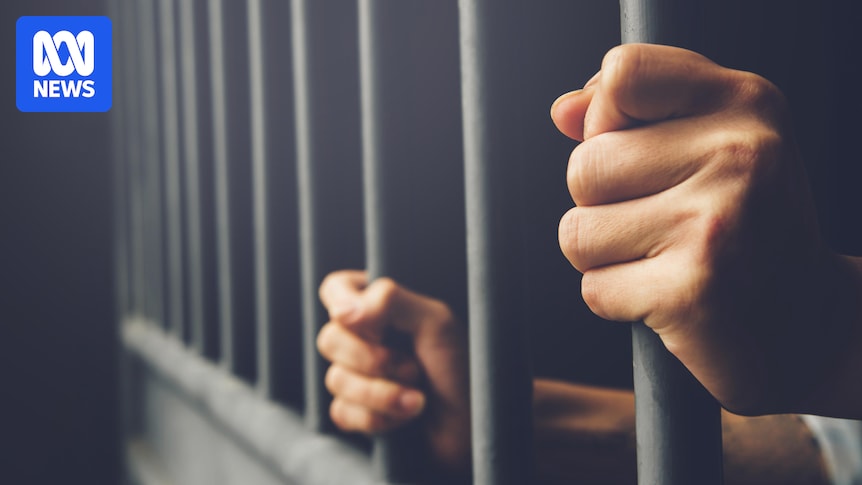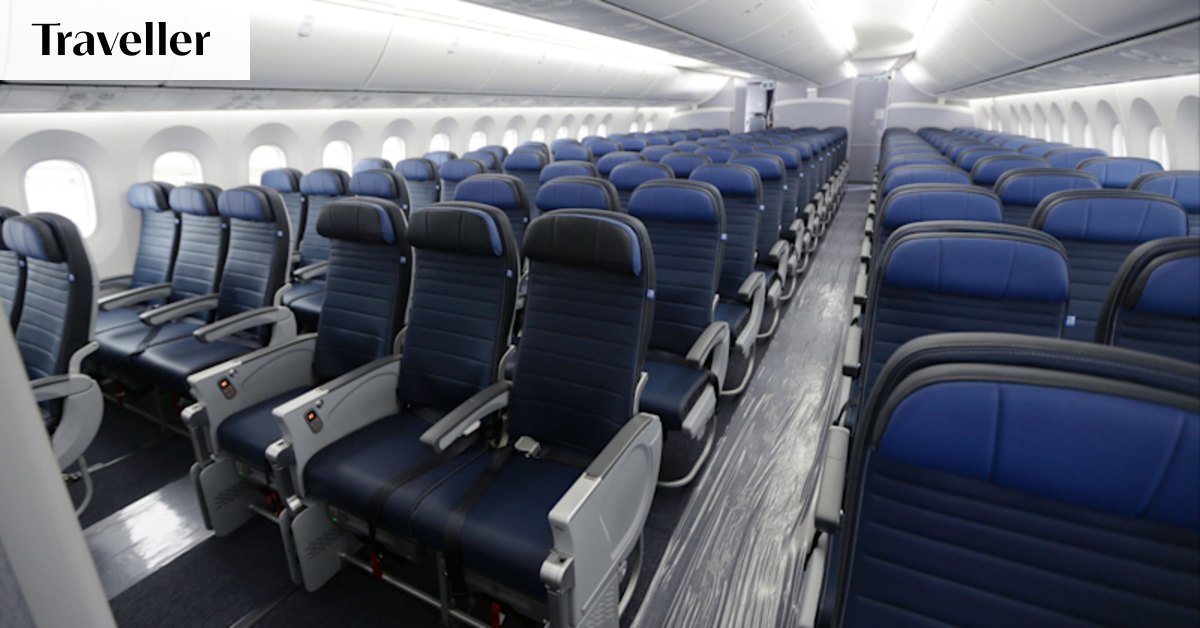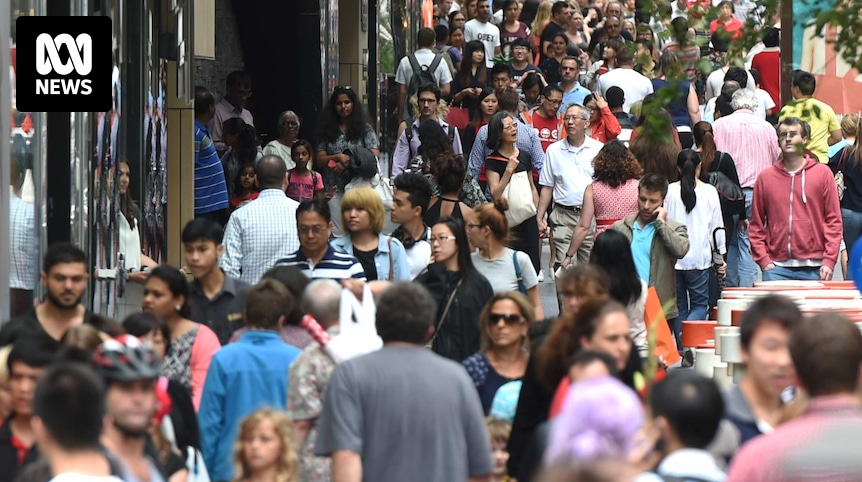
The number of people in Australian prisons has reached an unprecedented high, with almost half of them yet to be sentenced. According to recently released data from the Australian Bureau of Statistics (ABS), the prison population has surged from 40,330 in March 2022 to 46,081. Notably, unsentenced prisoners, or those on remand, have increased by 8 percent in the last quarter alone, now comprising 42 percent of the prison population.
This rise coincides with changes in bail laws across various states and territories, aimed at tightening regulations, especially for young offenders. Legal experts suggest these reforms are significantly contributing to the growing number of inmates.
Changing Bail Laws and Their Consequences
Thalia Anthony from the University of Technology Sydney’s faculty of law highlights that many states have revised bail laws to include a presumption against bail for certain crimes. In New South Wales, for example, individuals charged with domestic violence offences must now “show cause” for why they should not be detained.
“It used to be just very, very serious offences [had a presumption against bail] and now the range of offences [has] become much more moderate,” Dr. Anthony explained. She also pointed to a lack of community-based bail accommodation as a factor leading to more people being denied bail. “Instead, they are being imprisoned because that’s where the resources of government are going,” she added.
Societal Pressures and Policy Failures
John Anderson, head of law and justice at the University of Newcastle, noted that societal pressure often influences government decisions on bail laws. “Governments tend to also react to certain situations,” he said, referencing high-profile cases that can amplify public fear and lead to tougher bail conditions.
However, this pressure can unfairly impact individuals unlikely to breach bail conditions, depriving them of the benefits of remaining in the community. Rick Sarre, a law and justice professor at the University of South Australia, criticized the new figures as indicative of a “complete and utter abject failure of social and justice policy.”
“[It’s] a massive, massive overspend which is driving more and more people to the wall in terms of justice policy and social policy and costing taxpayers billions of dollars for no reward,” Dr. Sarre said.
Indigenous Overrepresentation and Rising Penalties
The statistics reveal a stark overrepresentation of Indigenous Australians in the prison system, with the latest figures showing they account for 37 percent of the prison population, up from 14.3 percent in 1991. Dr. Anthony warned of a “tinderbox for First Nations incarceration to explode” due to systemic issues.
Moreover, increased maximum penalties for certain offences, such as the possession of a knife in public in Queensland, have contributed to rising imprisonment rates. “Judges are now being given the parameters and those parameters have been increasing,” Dr. Sarre noted.
The Broader Implications and Alternatives
Despite the high incarceration rates, Australia’s offending rate is at its lowest since the ABS began recording data in 2008-09. Yet, experts argue that high imprisonment does not equate to reduced crime. Dr. Sarre pointed to countries like Finland and Japan, which have low imprisonment rates and relatively low crime rates, as examples of effective social policy over punitive measures.
“Anyone who suggests that somehow the best way of bringing crime down is to raise the imprisonment rate is a complete idiot,” Dr. Sarre stated.
He advocated for investments in education, housing, mental health support, and safety nets for families to reduce crime and reoffending. “That makes a far, far better report card than simply putting people behind bars,” he emphasized.
As the cost of corrective services is projected to rise to $7 billion annually, the need for a strategic shift in policy becomes more pressing. Without changes, Australia risks further financial strain and continued social challenges.





